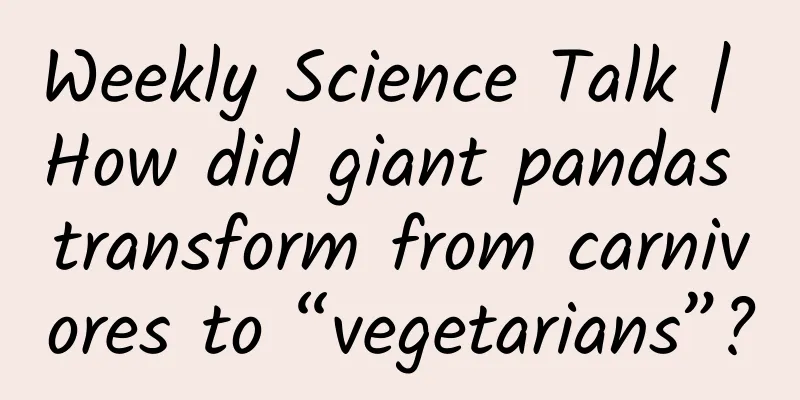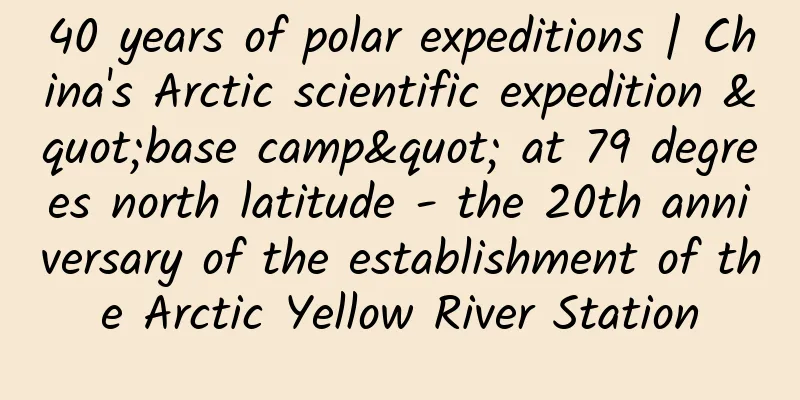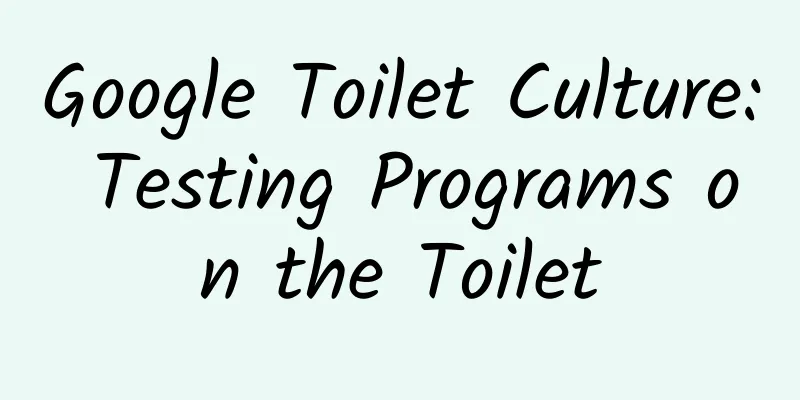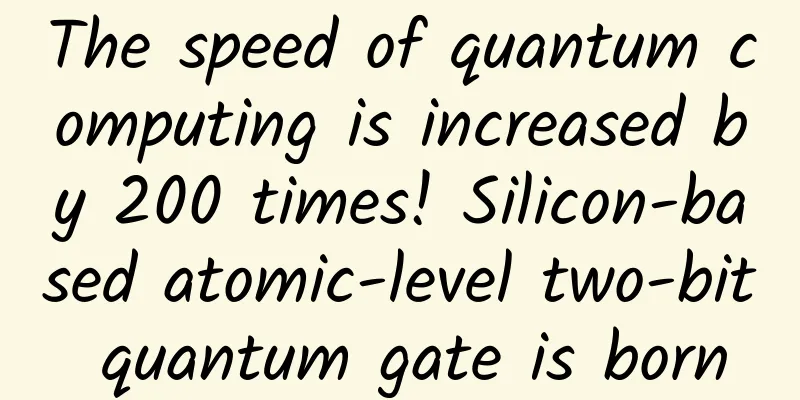The only blue-blooded creature on Earth! It once saved countless lives, but is now on the verge of extinction | World Horseshoe Crab Day

|
In 2019, the World Conservation Union classified the Chinese horseshoe crab (hòu) as "endangered" and designated June 20 as World Horseshoe Crab Day . Most people don't know much about animals like horseshoe crabs, and not many people even know the word "horseshoe crab". However, it is closely related to the lives and even the lives of each of us. Each of us should say "thank you" to it. How horseshoe crabs changed the fate of mankind Horseshoe crabs belong to the Xiphophora order, a family that is very old and can be traced back to the Ordovician period more than 400 million years ago. They are known as living fossils. There are four existing species: the American horseshoe crab, the Chinese horseshoe crab, the southern horseshoe crab, and the round-tailed horseshoe crab. The head of the horseshoe crab is covered by a large, round carapace, the abdomen is a slightly triangular, thorny small carapace, there are six pairs of legs and a long tail, the shape is very sci-fi, like a space battleship. The strangest thing is that the blood of the horseshoe crab is blue , because its blood uses hemocyanin to transport oxygen. Our hemoglobin contains iron, and hemocyanin contains copper. Image source: Wikipedia Since ancient times, people have not paid much attention to this kind of unpalatable (horseshoe crab blood contains copper and is therefore poisonous, but some people still eat its meat) and ugly animals. It was not until 1956 that American physician Frederik B. Bang published a paper proving that bacterial infection can cause horseshoe crab blood to coagulate. Since then, the fate of horseshoe crabs has changed, and so has the fate of mankind. Many bacteria contain substances called endotoxins in their cell walls. Endotoxins are not secreted by bacteria to poison us, but when our immune system comes into contact with them, it will produce a violent reaction that may be fatal. The blood cells of horseshoe crabs contain a special protein that solidifies into a gel when it encounters endotoxins. Therefore, horseshoe crab blood will coagulate when it encounters bacterial endotoxins, which plays a role in blocking bacteria and preventing infection. In 1965, Frederick Barry Bang extracted proteins from horseshoe crab blood and made a drug for detecting endotoxins and bacteria. This drug was later called Limulus amebocyte lysate . The horseshoe crab test is sensitive and convenient for detecting bacteria, and it has been widely used. Currently in China, more than 300 injections in the Chinese Pharmacopoeia require horseshoe crab test, more than 2,000 pharmaceutical and medical device companies are using horseshoe crab test, and the annual production of the test exceeds 10 million. Horseshoe crab populations facing crisis Horseshoe crab reagents have brought good news to mankind, but also brought disaster to horseshoe crabs. People began to capture wild horseshoe crabs in large numbers, pierce the pericardium (the sac that surrounds the heart) to draw out the sky-blue blood as a raw material for pharmaceutical production. The main species used to make horseshoe crab reagents are Chinese horseshoe crabs and American horseshoe crabs. From 2004 to 2017, the number of American horseshoe crabs captured increased from more than 330,000 to more than 570,000. After the outbreak of the COVID-19 pandemic, countries have been intensively researching COVID-19 vaccines, and the demand for horseshoe crab reagents has also expanded. In the pandemic that has swept the world, horseshoe crabs have used their blood to protect the safety of each of us, but the price is that this family, which is older than dinosaurs, is increasingly dying out. Horseshoe crab reagent. Image from the Internet The United States lacks standards for how much blood a horseshoe crab should "donate" . If 10% to 30% of the blood is drained, the mortality rate of horseshoe crabs is 8%, and if 40% of the blood is drained, the mortality rate soars to 29%. In addition, the time for bleeding horseshoe crabs in the United States is from May to July, when horseshoe crabs come ashore to lay eggs (relatively easier to catch). This not only interferes with the reproduction of horseshoe crabs, but because of the hot weather, the hemocyanin concentration in horseshoe crab blood will decrease, and the ability to transport oxygen will decrease, making horseshoe crabs more likely to die from lack of oxygen after being bled. From 2015 to 2021, the number of horseshoe crab eggs on the coast of the United States dropped to one-fifteenth of that in the 1980s. The Beibu Gulf in Guangxi is the core distribution area of horseshoe crabs in China. In the 1990s, 600,000 to 700,000 pairs of horseshoe crabs could be observed during the breeding season. In 2019, only 40,000 pairs were left. In addition to making horseshoe crab reagents, people also catch horseshoe crabs as bait and traditional food . Land reclamation and coastal projects will destroy the habitat of horseshoe crabs. Dredging rivers and reclamation will cause changes in water flow and depth. Wastewater and heavy rain will more easily cause eutrophication in the sea where horseshoe crabs live. Global warming is also destroying the living environment of horseshoe crabs. The decline in horseshoe crab numbers threatens more than just humans, as horseshoe crabs play a key role in the ecosystem. Along the Atlantic coast of North America, horseshoe crab eggs are a delicacy for many migratory birds, such as red knots. Migratory birds can only carry limited fat as energy for migration. When they are too thin and hungry to support themselves, they must land to eat and gain weight. In this way, during the migration of red knots, the eggs of horseshoe crabs play the role of a gas station, allowing countless birds to survive. Nature and humans are closely connected The crisis faced by horseshoe crabs is just a microcosm of nature. We not only get food, air and water from nature, but also materials to save lives and heal the wounded. In billions of years of competition for survival, organisms have polished countless chemical molecules with specific uses. These molecules may become raw materials for drugs. In the 25 years up to 2006, the US FDA approved 1,200 new drugs, of which about two-thirds were biologically produced molecules or derivatives. The most typical example in this regard is the anticancer drug Taxol , which is produced from the bark of the yew tree. In the Pacific Northwest of the United States, the Pacific yew was considered a "useless tree" by loggers until Taxol was invented. Therefore, our understanding of nature and biology is often very superficial, and we cannot rashly conclude that something is "useless." Like horseshoe crabs, the demand for Taxol severely hit the yew population. Fortunately, a substance similar to Taxol can be extracted from yew leaves, which can be synthesized artificially. The leaves can regenerate, and the yew escaped the disaster. Yew. Copyright image. Reprinting may cause copyright disputes. There are countless examples of biologically produced drugs. Omega-conotoxin secreted by cone snails is highly specific to neural calcium channels, which can relieve pain and protect the survival of nerve cells. The toxin of the Brazilian pit viper can inhibit the enzyme that causes blood vessels to constrict, thus lowering blood pressure. A sponge called Agelas dendromorpha produces an alkaloid called Agelastatin A, which is considered a promising new anti-cancer drug. Human demand for drugs is also devouring the populations of various organisms. The World Wildlife Fund estimates that there are about 50,000 medicinal plants in total, of which more than two-thirds are collected in the wild, and 4,000 to 10,000 species may be endangered. The biosphere, made up of all living things, affects our health on a larger scale. The simplest examples include wetland organisms purifying water sources, plants reducing dust and absorbing harmful gases, etc. There are also some more subtle effects. Anopheles mosquitoes, which spread malaria, like to breed in puddles with sufficient light. Deforestation will increase the sunlight shining on the ground, and the number of Anopheles mosquitoes will increase, further causing malaria outbreaks. Forest fragmentation in the United States has led to a decrease in carnivores. White-footed mice and chipmunks have reproduced in large numbers because they have no natural enemies. The ticks carried by these rodents can transmit Lyme disease caused by Borrelia burgdorferi. It is noteworthy that the adverse consequences of ecosystem damage on human health are often borne disproportionately by the poor, whose situation is being made worse by increasing environmental destruction and biodiversity extinction. Fortunately, although humans are stupid, they are not incapable of reflection. Horseshoe crabs have saved countless lives, and now people are beginning to wake up and work hard to save horseshoe crabs. In 2019, Chinese horseshoe crabs were designated as a national second-class protected animal. Horseshoe crabs lay a lot of eggs, but the survival rate is extremely low. After years of hard work, Guangxi Beibu Gulf University has finally developed a technology for the reproduction and release of horseshoe crabs. The survival rate will be greatly improved if the horseshoe crab eggs are raised into small horseshoe crabs and then released back into the sea. Jeak Ling Ding of the National University of Singapore used transgenic technology to allow other organisms to produce horseshoe crab proteins and developed a new reagent that does not require horseshoe crab blood. If this drug can be successfully promoted, hundreds of thousands of horseshoe crabs are expected to escape the "blood disaster." Finally, I would like to end this article with a story from the late Qing Dynasty novel Qing Bai Lei Chao: During the Qianlong period, the sea water in a certain place flooded, and a pair of horseshoe crabs fell on the shore. The villagers used a cart to send them back to the sea, and the horseshoe crabs bowed their heads to the west and sank. The people of the Qing Dynasty had limited knowledge of nature. Although they did not know the function of horseshoe crabs to humans, the respect for life revealed in this story is worth recalling again and again for us today. Planning and production Author|Red Queen Popular Science Creator Review|Zhu Qian, Professor of Shandong University College of Oceanography Editor: Yang Yaping Proofread by Xu Lailinlin |
<<: National treasures in museums should not be illuminated with “ordinary light”
Recommend
7 content models for corporate TikTok accounts
What is the most popular social short video platf...
2020 Aion S launched: King of Evolution with more features but no price increase
On July 2, the annual upgraded model of GAC New E...
Design your marketing landing page like this to make users buy in
The core of marketing is to guide and influence t...
New battery technology emerges: iPhone battery life is expected to increase by 3 times
What is your wish for the new generation of iPhone...
Internet Weekly: 2020 5G Cloud Video Conferencing Ranking
The advent of the 5G era has brought new challeng...
OPPO Pad 2 all-round tablet review: audio and video, entertainment, light office, all in one
In 2010, the tablet computer was born under the c...
Zhiji LS7 low-frequency resonance was collectively complained by the owner: I got otitis media after driving for eight months
According to the third-party complaint platform C...
In-depth information | The most comprehensive guide to Zhihu information flow advertising is online
As the largest knowledge sharing platform in Chin...
How to improve product user stickiness?
Recently, more and more customers have been askin...
Why can’t I check the battery health on my Android phone?
As we all know, the iPhone has added the battery ...
How to create an App promotion landing page with high conversion rate?
This article lists the common forms of app promot...
Activity Operation: How to design activity prizes that stimulate user desire?
All methods of gaining traffic are designed as ba...
Mobile technology for the masses: An all-in-one introduction to Android
Enter the mobile world of Android and build your ...
Users hate ads, and monetization has reached a bottleneck? That’s because you didn’t choose the right advertising format!
Nowadays, common and new forms of mobile advertis...
Realize various gesture operations for visualization
Source code introduction Realize various visual g...









